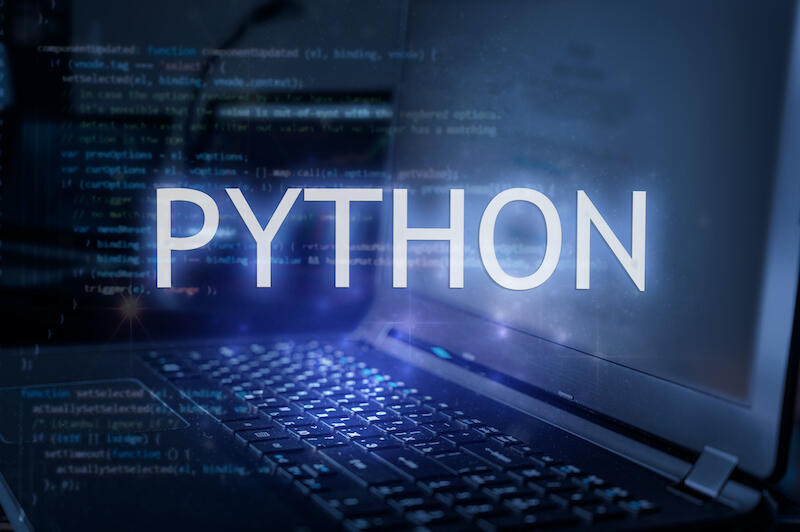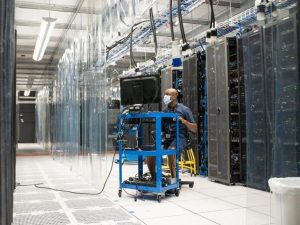Commentary: Python doesn’t look to be slowing anytime soon, as developers put the programming language to new and exciting uses.

Image: Maria Vonotna/iStock/Getty Images Plus
Want a great job in software development? Better learn Python. Want to keep close with the open source crowd? Python, again. Maybe you just want to hitch your career to the programming language that keeps trending? You guessed it: learn Python. Across an array of factors, Python tops IEEE Spectrum’s latest programming language rankings as both the overall winner and the winner across a range of categories (jobs, open source, etc.). This is true whether you’re a web developer or an embedded developer, or you build enterprise apps.
These results echo Anaconda CEO Peter Wang’s contention that Python’s growth is “absolutely explosive.” The question is: Will anything will slow that growth?
SEE: Hiring kit: Python developer (TechRepublic Premium)
Python: This, too, shall pass?
And, no, I don’t mean what will slow that growth 50 years from now. Microsoft’s Stephen Walli is probably right that “this too shall pass,” because, as he tweeted, “Python is this generation’s become-a-programmer language,” just as Java used to be. Of course, by that yardstick, Python has decades of dominance ahead of it, since Java still links arms with Python atop programming language rankings like those from RedMonk. The more enterprises build with a given programming language, the more jobs they list for that language, begetting more students learning the language to qualify for those jobs.
It’s a virtuous cycle, one that propels a programming language like Python forward, even as it ensures it will take a long, long time to unseat it.
But one of the best reasons to bet big on a bright, near- and long-term Python future is data science. Not long ago, Terence Shin crunched the numbers on more than 15,000 data scientist job postings, trying to get a read on Python adoption vs. R. While it would be foolish to posit that R interest will evaporate anytime soon, the fact remains that Python keeps growing at R’s expense, as measured by data science job postings. As enterprises look for ways to make data science central to day-to-day business, this places Python in a position to take an ever-increasing share of one of the hottest sectors in computing today and tomorrow.
Nor is this love for Python a case of developers dumping everything that’s old and replacing it with sexy, new technologies. In Shin’s analysis, for example, SQL is second only to Python in the jobs data (Figure A).
Figure A
” data-credit=”Image: Terence Shin”>
Python and SQL rank #1 and #2, respectively, in this analysis of the 10 most in-demand data science skills in 2021.
Image: Terence Shin
The rise of Python corresponds to the staying power of SQL: both are “easy.” Python is easy because it’s intuitive with low barriers to entry; similarly, SQL is a relatively straightforward query language with wide adoption. That adoption hasn’t budged much even as cloud and other factors have driven massive adoption of the inaptly named “NoSQL databases” (“inapt” because there’s no reason you can’t use SQL to query these databases).
SEE: If you’ve always wanted to learn to program with Python, here’s an opportunity (TechRepublic Academy)
As enterprises grapple with big trends like data science, they’ll increasingly turn to the comfortable yet powerful Python–after all, their developers already use it to build web applications and more. It’s a tool they already know, made ever-richer by developers adding capabilities to suit their particular needs. Why not add data science to the mix?
Disclosure: I work for MongoDB, but the views expressed herein are mine.
Also see
Source of Article





